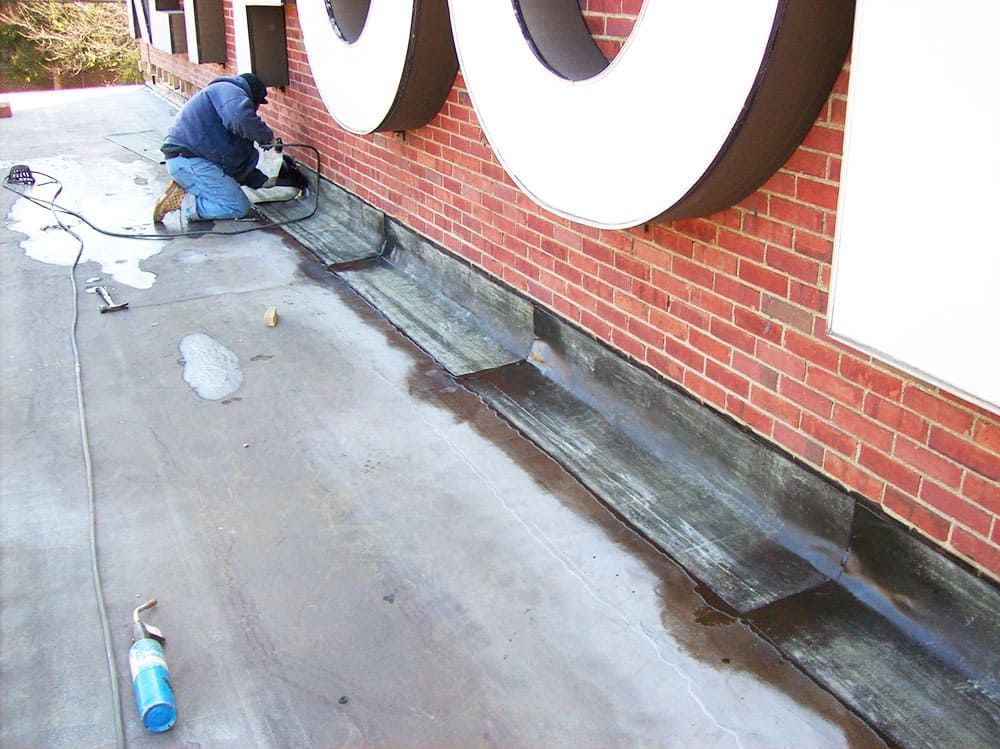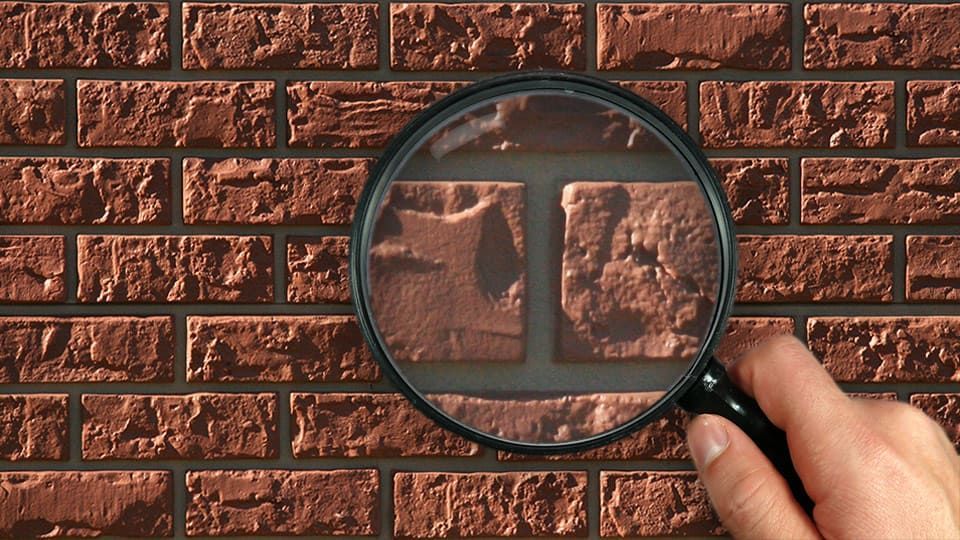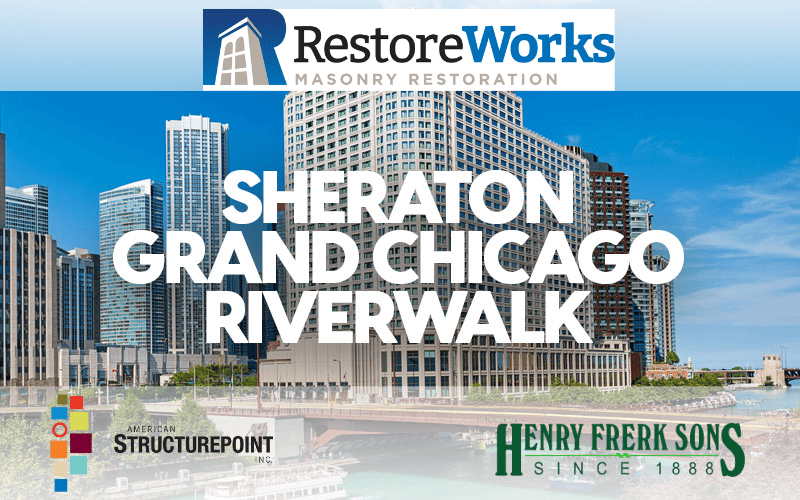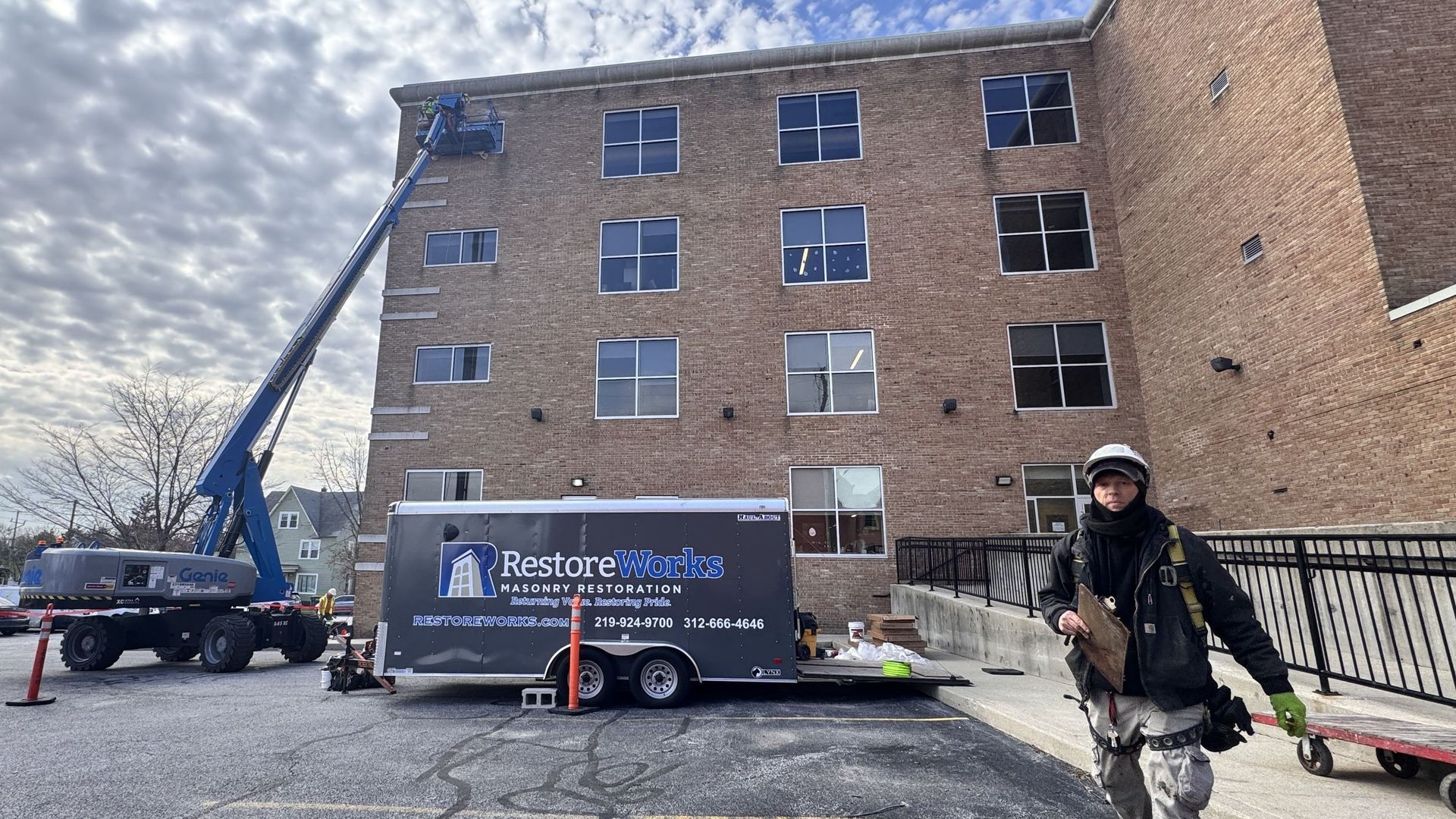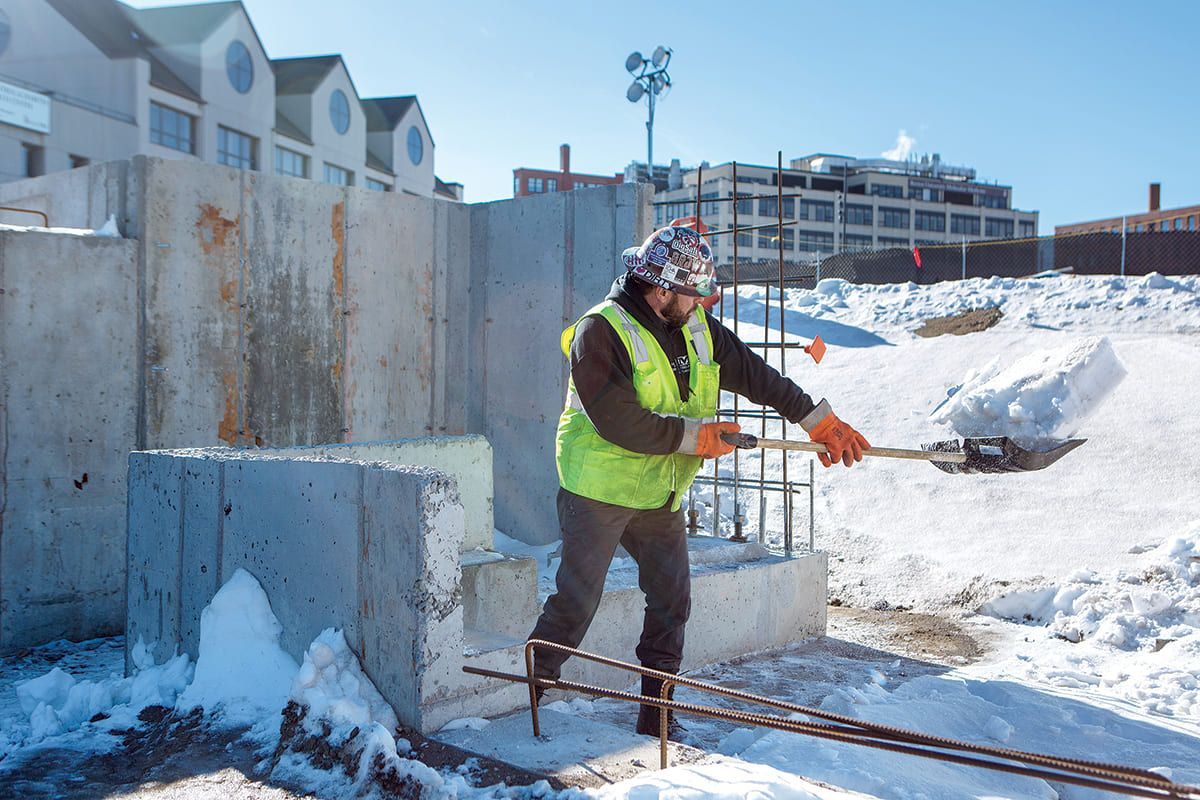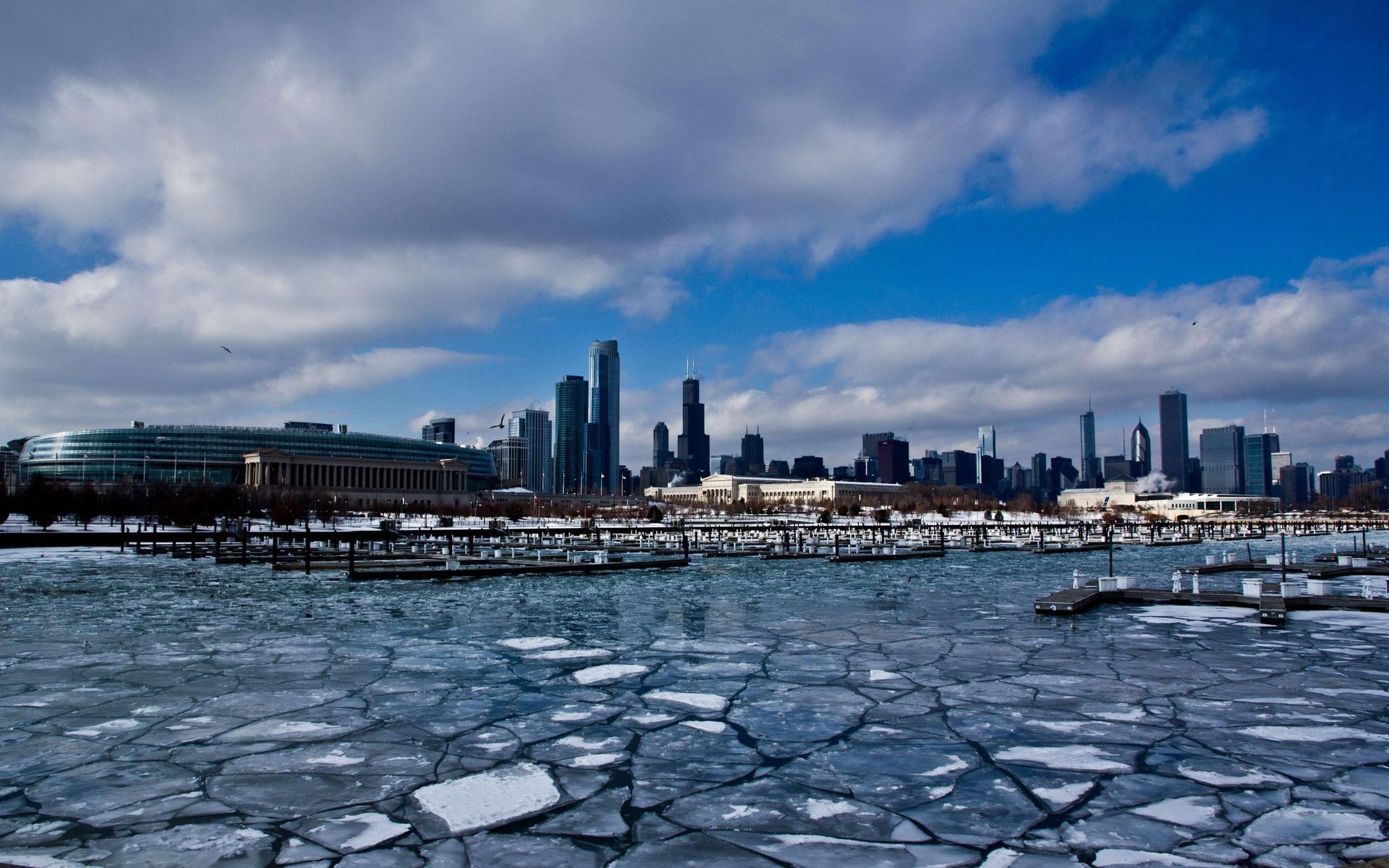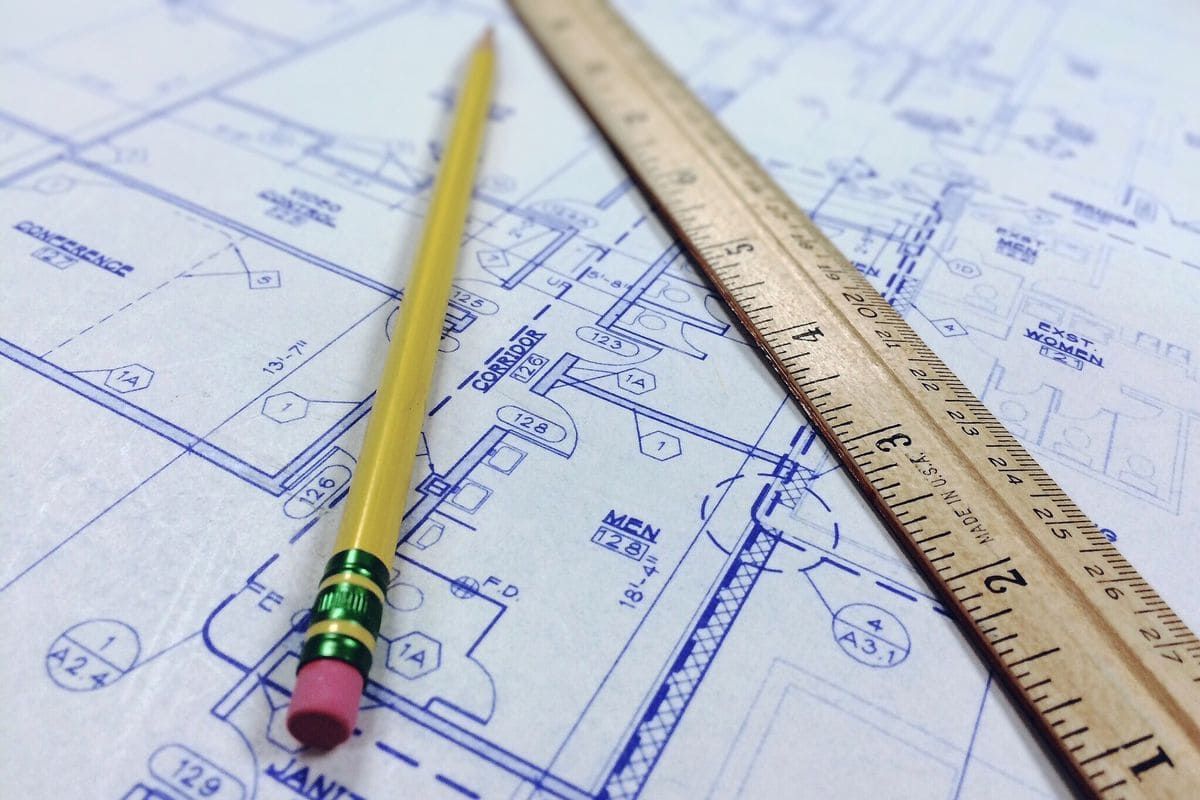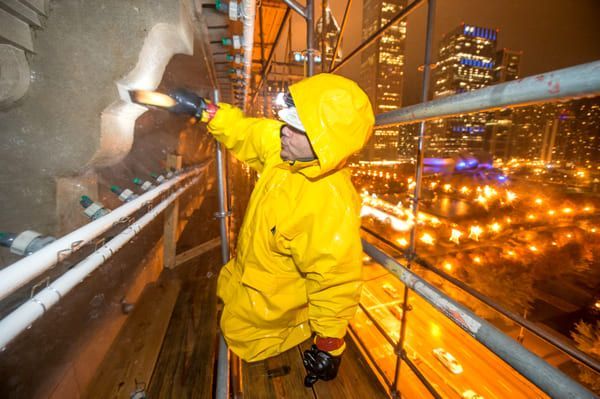Masonry buildings are built to last, but they aren’t invincible. Water infiltration is one of the biggest threats to commercial masonry restoration projects, leading to structural deterioration, efflorescence, and freeze-thaw damage. Without proper waterproofing, even the most well-built facade can suffer from moisture intrusion.
Understanding the best waterproofing techniques can help property managers, facilities managers, and structural engineers make informed decisions to extend the lifespan of your buildings. Below, we’ll cover effective strategies to keep your masonry dry and protected.
1. Identifying Water Infiltration Risks
Before implementing waterproofing solutions, it's important to understand how water enters your masonry system. Some common vulnerabilities include:
- Cracked mortar joints – A leading cause of leaks in commercial concrete facade repair projects.
- Porous brick or stone – Unsealed masonry absorbs water like a sponge.
- Failed sealant joints – Deteriorating caulking around your windows, doors, or control joints allows moisture to get in.
- Improper flashing installation – Poorly installed flashing at rooflines, parapets, or windows can direct water into your building.
Routine inspections can identify these issues before turning into serious structural damage. According to IIBEC, thicker masonry walls retain moisture for long periods, leading to deterioration of mortar and masonry within the walls, often going unnoticed.
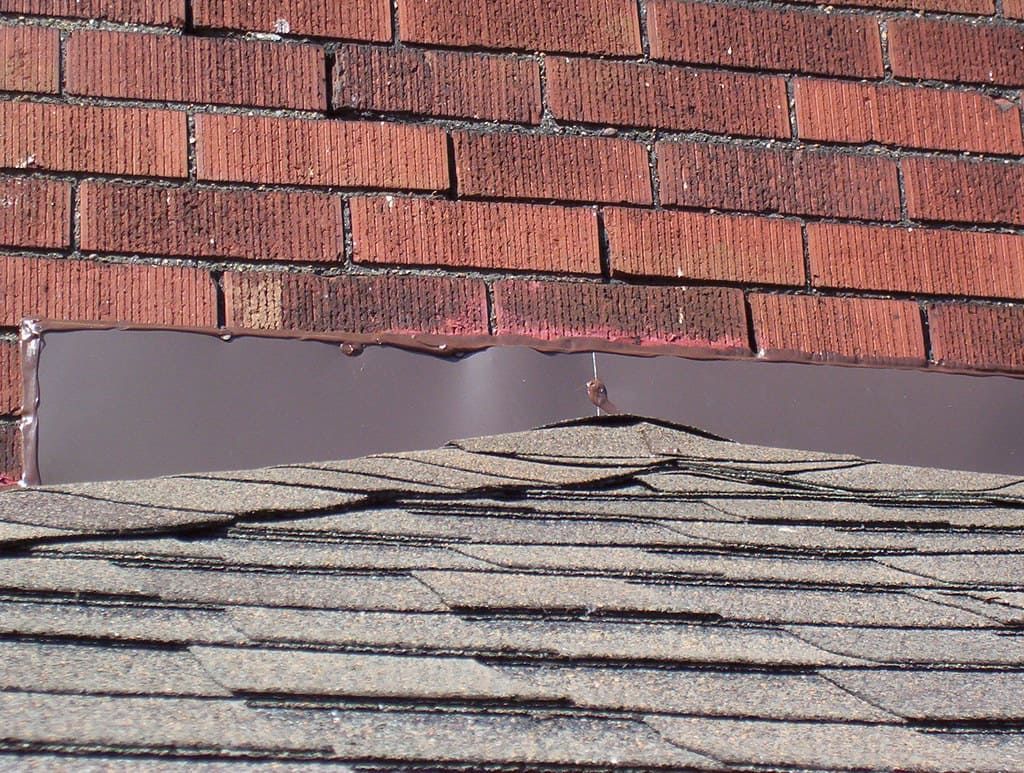
2. Sealants and Coatings: Which One is Right for Your Building?
Selecting the correct waterproofing material depends on the type of masonry, environmental exposure, and existing damage.
Penetrating Sealers
Penetrating sealers are ideal for restorative masonry cleaning projects, as they absorb into the masonry to provide protection without changing its appearance. These include:
- Silane and Siloxane Sealers – Effective for brick, stone, and concrete, allowing vapor penetration while preventing water absorption.
- Silicate-Based Densifiers – Used primarily for concrete, these chemically react to form a waterproof surface.
Elastomeric Coatings
For structures experiencing frequent moisture issues, elastomeric coatings create a flexible, waterproof barrier. They are commonly applied in commercial concrete facade restoration projects where additional protection is required.
Joint Sealants
Reapplying sealants to expansion joints and window perimeters is important. Products like polyurethane or silicone sealants are recommended for commercial sealant repair work in Chicago’s harsh freeze-thaw cycles.
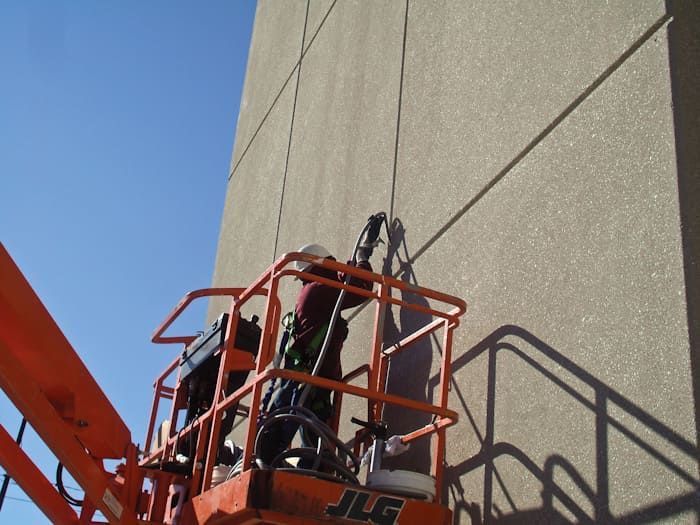
3. Proper Drainage: A First Line of Defense
Even the best waterproofing systems will fail if a building lacks proper drainage. Consider the following strategies:
- Make sure the gutters and downspouts direct water away from your building.
- Slope landscaping and pavement away from foundations.
- Install weep holes in brick veneer walls to allow trapped moisture to escape.
Proper drainage is especially important for concrete balcony restoration projects, where standing water can lead to spalling and corrosion of embedded reinforcement.
4. Repairing & Replacing Damaged Masonry Components
A good waterproofing system starts with a strong foundation, not just a surface coating. Address existing damage before sealing a facade:
- Tuckpointing – Tuckpointing deteriorated mortar joints maintains a watertight bond between bricks.
- Lintel Repair & Replacement – Corroded steel lintels expand and cause your masonry to crack, calling for masonry lintel repair.
- Facade Crack Repair – In concrete facade repair, epoxy injections or urethane sealants help reinforce your structure and block out moisture to prevent future damage.
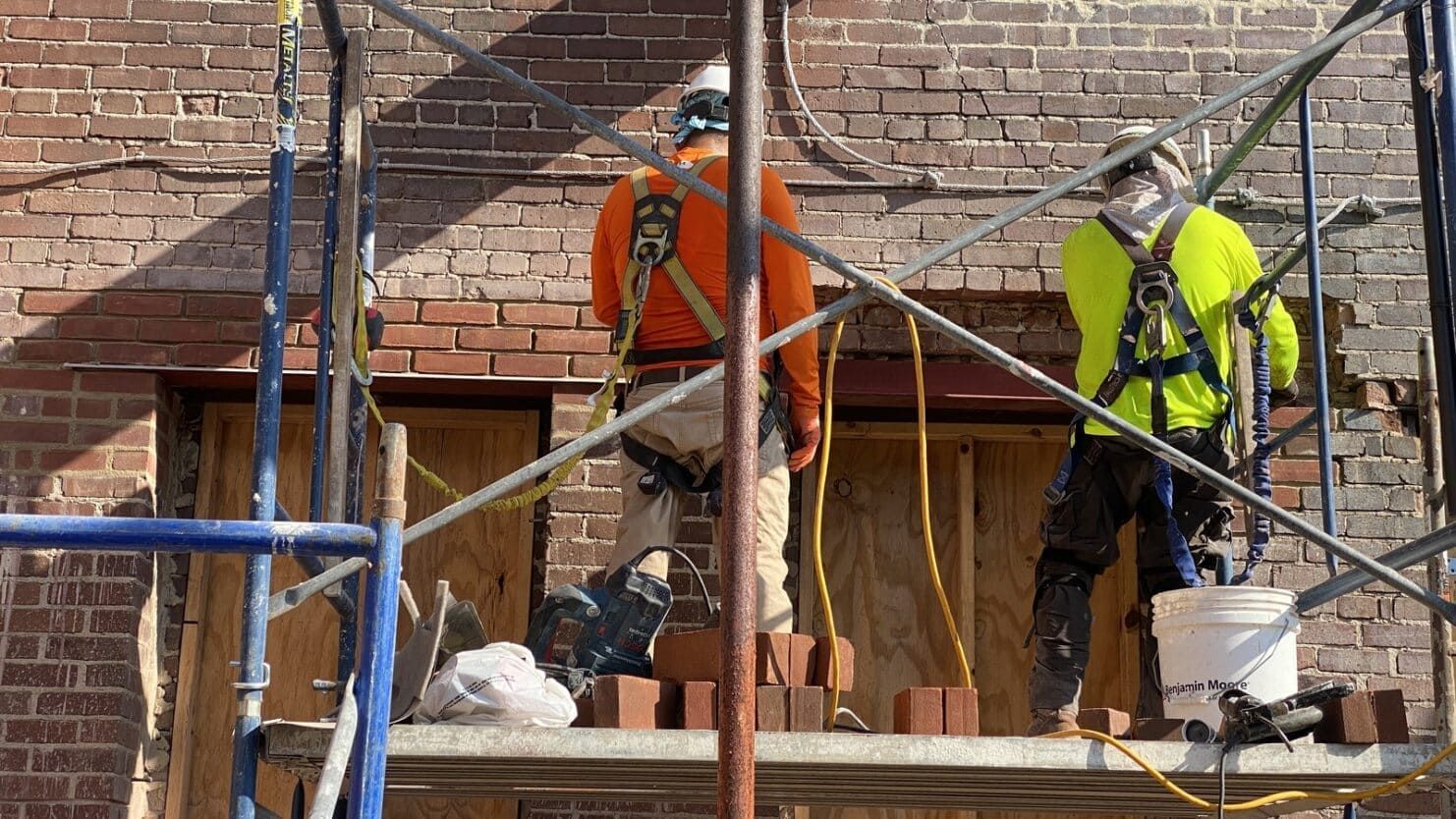
5. The Role of Routine Maintenance
A well-maintained waterproofing system can last decades, but ignoring it will shorten its lifespan.
- Conduct annual inspections after winter to check for damage caused by freeze-thaw cycles.
- Clean your masonry surfaces to prevent biological growth that can trap moisture.
- Reapply sealants and coatings as needed to reinforce continuous protection.
By taking a strategic approach to maintenance, you can prevent expensive repairs in the future. According to ReliablePlant, the U.S. Department of Energy reports that predictive maintenance can lower costs by 8-12% compared to preventive maintenance and by up to 40% compared to reactive maintenance.
Investing in Long-Term Protection
Waterproofing is a key factor of commercial masonry restoration, maintaining the strength of both historic and modern buildings. Choosing the right waterproofing strategy is important for preventing water damage and extending the lifespan of your building.
If you're unsure about the best waterproofing approach for your building, RestoreWorks is here to help. Our team specializes in commercial masonry restoration services, making sure your property remains protected against the elements. Contact us today to schedule an inspection and discuss a waterproofing plan that’s right for your needs.

